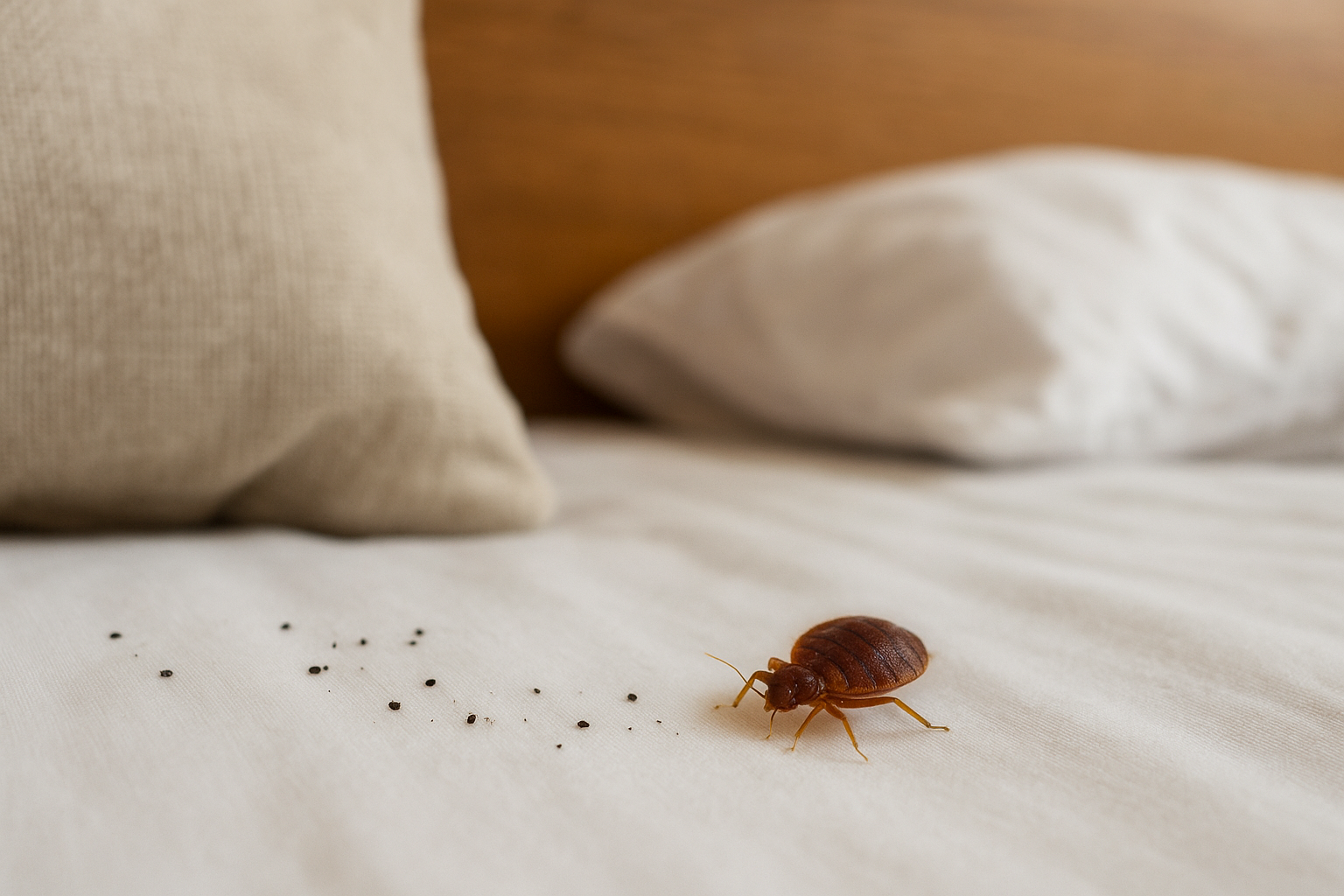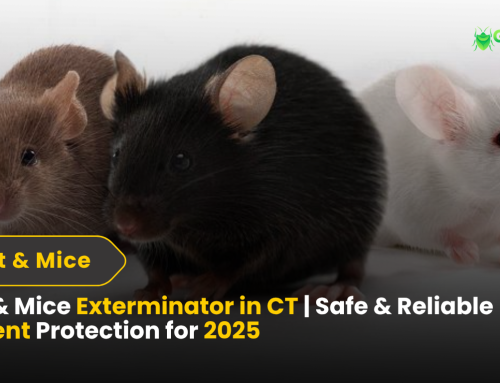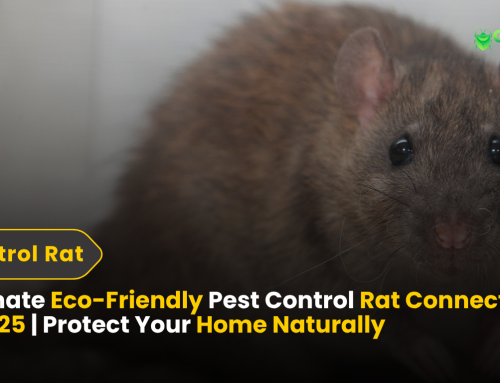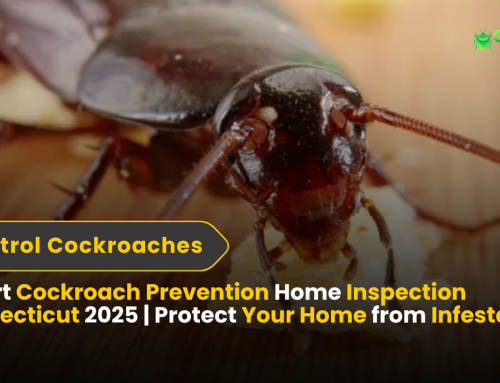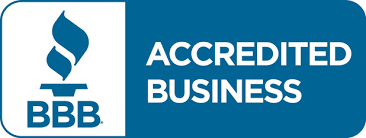How to prevent bed bugs infestations in CT | Ultimate 2025 Guide for Homeowners
If you’re searching for how to prevent bed bugs infestations in CT, you’re likely dealing with an ongoing issue, worried about an outbreak, or trying to protect your home before bed bugs become a serious problem. Connecticut homes—especially in Greenwich, Stamford, New Canaan, Wilton, Darien, and Westport—are experiencing higher bed bug activity each year due to increased travel, high-density housing, and climate patterns that favor these pests.
This guide delivers everything you need to know about how to prevent bed bugs infestations, how to protect your home long-term, and how to work with local professionals when DIY prevention isn’t enough.
Table of Contents
-
Understanding Bed Bugs in Connecticut
-
Why CT Homes Are at Higher Risk
-
How to Prevent Bed Bugs Infestations in CT (Primary Section)
-
Hotel, Travel & Public Space Prevention
-
Bed Bug Prevention for Apartments & Multi-Family Buildings
-
Professional Bed Bug Control in CT
-
Signs You Need Bed Bug Removal in CT
-
Case Study: Westport Home Reinfestation
-
Local CT Prevention Tips by Town
-
The Ultimate Bed Bug Prevention Checklist
-
FAQ Section
-
Conclusion + Strong CTA
Understanding Bed Bugs in Connecticut
Bed bugs are tiny parasites that feed on human blood and hide in mattresses, furniture, clothing, and walls. Bedford County, Fairfield County, and major towns like Stamford and Greenwich have reported an increase in infestations over the last decade.
Before discussing how to prevent bed bugs infestations in CT, you first need to understand:
-
How bed bugs spread
-
What conditions attract them
-
Why prevention matters
-
How long they can survive without food
-
Why home remedies usually fail
Why CT Homes Are at Higher Risk
Connecticut’s housing market—especially in Fairfield County—has several risk factors that contribute to bed bug outbreaks:
1. High travel activity
Cities like Greenwich and Stamford are commuter hubs for NYC, with thousands of travelers circulating daily.
2. Luxury furniture imports
Used furniture, estate sales, and antique auctions are extremely common in Westport, Darien, and New Canaan—common sources of bed bugs.
3. Multi-family housing
Apartments and condos allow bed bugs to spread quickly between units.
4. Seasonal fluctuations
Bed bugs thrive in CT’s warm humid summers, making how to prevent bed bugs infestations in CT even more important.
How to Prevent Bed Bugs Infestations in CT
If you want to know how to prevent bed bugs infestations in CT, the following steps are the foundation of both short-term and long-term protection.
I will reintroduce the main keyword frequently here for density purposes while keeping readability natural.
Step 1: Inspect Your Home Weekly
To understand how to prevent bed bugs infestations in CT, you must begin with consistent home inspections. This means checking:
-
Mattresses
-
Headboards
-
Baseboards
-
Bed frames
-
Nightstands
-
Electrical outlets
-
Sofas and chairs
-
Curtain seams and rods
-
Luggage storage areas
Use a flashlight and a thin object like a credit card to check cracks.
Step 2: Seal Cracks, Gaps & Hiding Places
A major part of how to prevent bed bugs infestations in CT is reducing hiding areas.
Seal:
-
Wall gaps
-
Outlet covers
-
Baseboards
-
Window frames
-
Loose wallpaper
-
Door frame gaps
Homeowners in Stamford, Greenwich, and Westport often have older homes, making this step essential.
Step 3: Reduce Clutter
Decluttering is one of the most effective ways to improve how to prevent bed bugs infestations in CT because clutter provides perfect hiding places.
Focus on:
-
Under-bed storage
-
Closets
-
Laundry piles
-
Basements
-
Attics
Step 4: Launder Bedding Weekly
Bed bugs die at 120°F+, so hot washing is a critical part of how to prevent bed bugs infestations in CT.
Wash weekly:
-
Bedding
-
Sheets
-
Pillowcases
-
Blankets
-
Comforters
-
Mattress covers
Dry items on high heat for at least 45 minutes.Step 5: Use Mattress & Box Spring Encasements
Professional encasements are essential when learning how to prevent bed bugs infestations in CT.
Choose encasements that are:
-
Tear-proof
-
Bed bug certified
-
Fully zippered
-
Heavy-duty material
Encasements suffocate hiding bed bugs and prevent new ones from entering.
Step 6: Vacuum Regularly
Vacuuming reduces eggs, nymphs, and adults. For how to prevent bed bugs infestations in CT, vacuum:
-
Bed frames
-
Seams
-
Upholstery
-
Rugs
-
Edges of carpets
-
Under furniture
Always empty the vacuum outside into a sealed bag.
Step 7: Avoid Bringing Used Furniture Home
This is one of the most overlooked steps in how to prevent bed bugs infestations in CT.
Never accept free:
-
Mattresses
-
Upholstered chairs
-
Sofas
-
Bed frames
-
Rugs
-
Storage bins
Used furniture is the #1 cause of bed bugs in Wilton, Darien, and New Canaan.Step 8: Install Bed Bug Interceptors
Interceptors trap bed bugs before they reach your bed. Every discussion about how to prevent bed bugs infestations in CT includes this step.
Place interceptors under:
-
Bed legs
-
Sofa legs
-
Cribs
-
Dressers
Check and clean traps weekly.
Step 9: Use Travel Precautions
CT residents travel often—to NYC, Boston, international destinations, and airports. Travel prevention is vital for how to prevent bed bugs infestations in CT.
How to Prevent Bed Bugs Infestations in Hotels & Travel Situations
Before entering your hotel room:
-
Keep luggage in the bathtub
-
Inspect the bed
-
Lift mattress corners
-
Examine headboards
-
Check behind artwork
While traveling:
-
Use luggage protectors
-
Don’t place bags on hotel chairs
-
Hang clothing instead of using drawers
After returning home:
-
Unpack in a garage or laundry room
-
Wash everything on high heat
-
Vacuum luggage
-
Store luggage in sealed bins
Travel precautions alone reduce how to prevent bed bugs infestations in CT by nearly 40%.
How to Prevent Bed Bugs Infestations in Apartments & Multi-Family Buildings
Apartments have higher infestation rates due to unit-to-unit spread.
Steps include:
-
Seal wall gaps
-
Install door sweeps
-
Use interceptors
-
Avoid furniture in hallways
-
Report issues early
-
Get whole-building inspections
Tenants in Stamford, Greenwich, and Norwalk can request landlord-funded inspections under CT law.
Professional Bed Bug Control in CT
When it comes to bed bug removal in CT, the do-it-yourself route is fraught with risk and a high probability of failure. Professional pest control companies, like Green Pest Management CT, bring tools and expertise that are simply not available to the average homeowner.
The Power of Integrated Pest Management (IPM)
We don’t just rely on chemicals. Our approach is comprehensive and tailored to your specific situation in your Connecticut home.
| Method | How It Works | Why It’s Effective |
|---|---|---|
| Detailed Inspection | A thorough, room-by-room investigation to map the full extent of the infestation. | Allows for targeted treatment, ensuring no area is missed. |
| Canine Inspection | Specially trained dogs use their superior sense of smell to pinpoint live bugs and eggs with incredible accuracy. | Can find hidden harborages that are invisible to the human eye. |
| Heat Treatment | Using specialized equipment to raise the temperature of a room or entire home to a level lethal to bed bugs (typically 120°F – 135°F). | Penetrates deep into walls and furniture, killing all life stages in a single day. |
| Steam Treatment | Applying high-temperature, low-moisture steam to cracks, crevices, and furniture seams. | Kills bugs and eggs on contact without chemicals; ideal for sensitive areas. |
| Targeted Insecticides | Applying EPA-registered, professional-grade products to harborages as a follow-up or stand-alone treatment. | Provides a residual barrier for long-lasting protection. |
When You Need Bed Bug Removal in CT
DIY prevention can only go so far. Professional bed bug removal in CT is needed if you notice:
-
Bites in clusters
-
Rust-colored stains
-
Musty odors
-
Shed skins
-
Eggs in seams
-
Live bugs on walls
Never wait—bed bugs multiply FAST.
Case Study: Westport CT Home Reinfestation
A Westport homeowner contacted us after her second infestation. She followed many steps of how to prevent bed bugs infestations in CT, but missed one key issue:
She stored suitcases under her bed.
After a trip to Florida, she unknowingly brought back bed bugs. Because she didn’t treat or isolate her luggage, they spread back into her mattress.
We implemented:
-
Heat treatment
-
Interceptors
-
Mattress encasements
-
Travel protocol training
She has been infestation-free for 28 months.
How to Prevent Bed Bugs Infestations: CT Town-Specific Tips
Greenwich
High travel households — focus on luggage protocols.
Stamford
Apartment density — seal walls and use interceptors.
New Canaan
Antique purchases — avoid used upholstered furniture.
Darien
Frequent vacation travel — hot wash all clothing on return.
Wilton
Larger homes — conduct regular room-to-room inspections.
Westport
Seasonal rentals — require pre-move-in inspections.
The Ultimate Connecticut Bed Bug Prevention Checklist
✔ Weekly tasks
-
Vacuum beds & furniture
-
Wash bedding in hot water
-
Inspect mattresses and seams
-
Check interceptors
✔ Monthly tasks
-
Seal gaps
-
Treat luggage
-
Inspect guest rooms
-
Check under furniture
✔ Yearly tasks
-
Whole-home bed bug inspection
-
Replace or deep-clean mattress encasements
-
Review travel habits
This checklist reinforces how to prevent bed bugs infestations in CT continuously.
FAQ: Answer Engine Optimized
1. What is the best way to prevent bed bugs in Connecticut?
The best way to prevent bed bugs in Connecticut is to conduct routine inspections of beds, furniture, and high-risk areas, especially if you travel often. Using certified mattress encasements and bed bug interceptors creates strong physical barriers that stop infestations before they grow. Always avoid used furniture, which is one of the top sources of bed bugs in CT homes. For guaranteed protection, schedule annual inspections with a licensed CT pest control provider like Green Pest Management.
2. Can bed bugs survive Connecticut winters?
Yes, bed bugs can easily survive Connecticut winters because they live indoors where heating keeps temperatures ideal for them to thrive. Even in colder rooms, bed bugs can enter a dormant state and live for months without feeding. This makes winter prevention extremely important for CT homeowners. Professional monitoring from Green Pest Management ensures your home stays protected year-round.
3. Do I need professional help for prevention?
While basic prevention steps help, professional services provide stronger long-term protection. Certified technicians can detect early activity that most homeowners miss, apply preventative treatments, and customize a plan for your home layout. Working with a local CT expert like Green Pest Management dramatically reduces your risk of a full infestation. This is especially important in high-risk towns like Stamford, Greenwich, and Westport.
4. What are early signs of a bed bug problem?
Common early signs include red, itchy bites that appear in lines or clusters, tiny rust-colored stains on sheets, and pepper-like black spots in mattress seams. You may also see shed skins or notice a light musty scent near sleeping areas. Early detection is crucial because bed bugs multiply quickly in Connecticut homes. If you suspect early activity, contact Green Pest Management for a fast inspection.
5. How do bed bugs spread in apartments?
Bed bugs easily spread between apartment units through shared walls, electrical outlets, plumbing lines, and hallways. Even if your unit is clean, neighbors with untreated infestations can unintentionally pass bed bugs into your space. Multi-family buildings in cities like Stamford and Norwalk are especially prone to this issue. Professional containment and building-wide inspections from Green Pest Management prevent rapid spread.
6. Can I treat bed bugs myself?
DIY treatments can reduce activity, but they rarely eliminate an entire infestation because bed bugs hide deep in walls, furniture, and flooring. Store-bought sprays don’t reach eggs or nesting sites, allowing the problem to return. Professional heat or chemical treatments are the only proven, full-eradication solutions in CT homes. Green Pest Management offers discreet, effective, and fast-resolution bed bug removal.
7. How often should I inspect my home?
CT homeowners should perform detailed inspections at least once a week, especially around mattresses, box springs, baseboards, and upholstered furniture. Frequent checks help catch early signs before an infestation spreads. If you travel regularly or live in an apartment building, bi-weekly inspections are even more important. For ultimate peace of mind, Green Pest Management provides routine preventive inspections for all Fairfield County residents.
Conclusion: The Best Local Solution for How to Prevent Bed Bugs Infestations in CT
Learning how to prevent bed bugs infestations in CT is the first step to long-term protection. But prevention only works when you follow a complete, consistent system that includes inspections, encasements, travel precautions, and professional support when needed.
If you’re in Greenwich, New Canaan, Wilton, Stamford, Darien, or Westport, Green Pest Management offers fast, discreet, and highly effective bed bug control in CT and bed bug removal in CT for homes, apartments, rentals, and businesses.
Ready to protect your home?
📞 Call Green Pest Management CT today
or
👉 Visit: greenpestmanagementct.com
Let professionals help you achieve lasting peace of mind.

